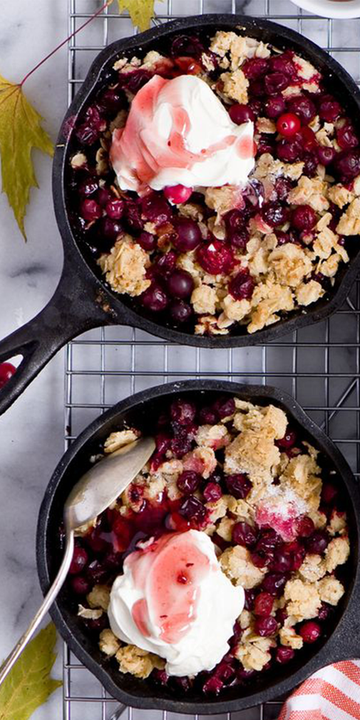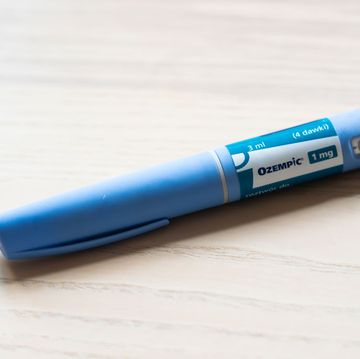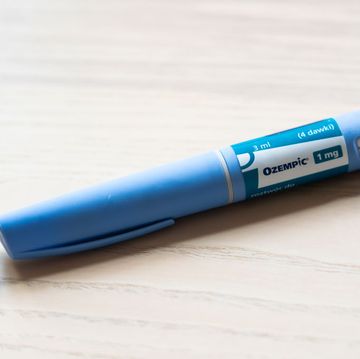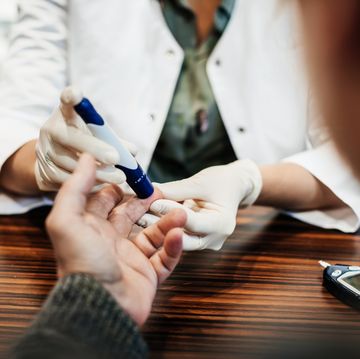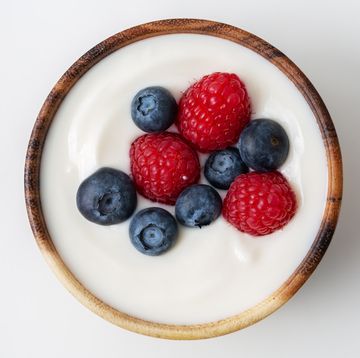At my annual physical this fall, I asked for trouble. I had never had an A1C test, the blood test that measures blood sugar levels over the prior 3 months. It's one of the tests that diagnose diabetes and prediabetes—the first inkling that your body isn't metabolizing blood sugar (glucose) properly.
Diabetes and prediabetes are so prevalent in the US—49 to 52% of us have one or the other, and most don't even know it—that some experts say everyone over age 45 should have this test. I've been on the other side of 45 for a number of years now. So I asked for the A1C—even though my personal stats have all been healthy (weight, diet, cholesterol, fasting blood glucose—all good) and there's no family history of diabetes. This was one test I thought I would ace.
When the results came back a week later, everything was fine—except my A1C. It was 5.9%—in the "prediabetic" range (4–5.6% is normal; 5.7–6.4% is prediabetic; 6.5% and over is diabetic). My reaction? Shock. Disbelief. Was my healthy lifestyle not so healthy? What was I doing (or not doing) that was raising my blood sugar? Was there some risk I didn't know about? And what changes did I need to make to stop the slide into type 2 diabetes with all its scary associated risks—heart disease, stroke, blindness, nerve pain, foot ulcers?
MORE: Health Risks Of Sucralose: Is Splenda Really Safe?
I decided to dig into the science. One fact I learned that gave me hope: "Pre" doesn't always lead to "D." Research has shown that half the people who have impaired glucose tolerance and about two-thirds of those who have impaired fasting glucose (both are signs of prediabetes that are determined by testing) will not have diabetes 10 years later.
Here are 7 other surprises I uncovered.
1. You need good guys in your gut.
Having more intestinal bacteria associated with metabolic health can help your body control blood sugar, suggests research from the University of Illinois Medical Center in Chicago. An imbalance in your gut microbiota (the trillions of microbes living inside the digestive tract) can trigger inflammation—an early sign of out-of-whack glucose metabolism. The healthy/unhealthy types within large communities of bugs are now being identified. In the future, these gut bugs may be able to predict your risk of diabetes, reports Elena Barengolts, MD, a professor of medicine at the University of Illinois College of Medicine, who headed the study.
Make this change: Eat more fiber—lots more—to boost the growth and activity of your gut's healthy microbes. "Our prehistoric ancestors ate 135 grams a day," says Barengolts. The Institute of Medicine recommends 25 grams a day for women, 38 for men; most of us get a measly 15. "I subscribe to raw veggies: A cup of arugula or kale a day keeps the doctor away." She adds, "It's because of their high amounts of fiber. Striving for 50 grams will get you to 25." Other sources include beans, nuts, seeds, whole grains, and fruit. (Diabetes doesn't have to be your fate; Rodale's new book, The Natural Way To Beat Diabetes, shows you exactly what to eat and do to prevent the disease—and even reverse it.)
2. Being a night owl can put you at risk.
A chronic lack of sleep is a known risk factor for prediabetes and diabetes, but simply staying up late (to, say, binge-watch a season of Game of Thrones) could be another. Korean researchers have found that women who were awake into the wee hours had more belly fat (which increases the risk of insulin resistance) and were at greater risk of developing metabolic syndrome (a constellation of health issues that raise the risk of heart disease, stroke, and diabetes) than women who were early to bed, early to rise—even though both groups got the same amount of sleep (roughly 7 hours) each night. Night owls in this study tended to exercise less and smoke more, and other research has linked late nights to a higher body mass index (BMI) and less healthy dietary habits.
Make this change: Head to bed at an earlier hour—early birds in this study turned in just before 11 PM. To fall asleep (and stay slumbering) more easily, it's also wise to limit evening alcohol, cut out afternoon caffeine, and power off electronics an hour before bedtime (the light they emit interferes with your body's wind-down to sleep). If staying up late is nonnegotiable, try to avoid the bad habits associated with it, like nighttime snacking, couch potato tendencies, and smoking.
MORE: 7 Reasons You're Tired All The Time
3. Not all saturated fats are bad.
Bottlenose dolphins can develop metabolic syndrome in the wild—who knew? To find out what might be driving it (and get some lessons for human health), scientists at the National Marine Mammal Foundation (NMMF) in San Diego examined 49 dolphins' diets—mostly fish—for clues, then tested their findings. It turns out that a saturated fat called heptadecanoic or margaric acid was able to lower the dolphins' levels of insulin, glucose, and triglycerides (unhealthy blood fats) to normal within 24 weeks. The NMMF researchers speculate that the general lack of this beneficial fatty acid in our own diets could be a contributor to human metabolic syndrome.
Make this change: Foods with the highest amounts of heptadecanoic acid are whole-fat dairy (milk, yogurt, and especially butter) and fish (mullet, herring, mackerel). Run it by your doc, but having a bit of butter and whole-milk yogurt could be beneficial.
4. Blood type O negative might give you a leg up.
A study of more than 82,000 French teachers revealed that women with blood types A and B were 10% and 21%, respectively, more likely to develop type 2 diabetes than those with blood type O. Tantalizing early intel says that blood type appears to be one of the genetic factors that determine the makeup and balance of gut microbes.
5. Low levels of vitamin D can be a metabolic minefield.
The sunshine vitamin not only helps the body absorb calcium, maintain bone and muscle health, and keep the immune system strong, but it also aids in glucose metabolism. In a recent study, vitamin D deficiency was a risk factor for prediabetes, independent of being overweight. Although popping a supplement hasn't been shown to reverse prediabetes in other research, Barengolts thinks it might make a difference for prediabetics (like me) whose A1C levels are at the lower end of the "pre" range.
Make this change: Ask your doc for a vitamin D blood test. A level of 40 or over (up to 50) is best, according to Barengolts. If yours is lower than 40, discuss with your doctor whether you should take a supplement.
MORE: 5 Signs You're Not Getting Enough Vitamin D
6. It's good to be cold.
It helps activate your brown fat, which is a megaburner of calories and glucose (unlike white fat, which simply stores excess calories). Most of us have a little bit of brown fat, usually on the sides of our necks or near our collarbones, says George L. King, MD, chief scientific officer at Joslin Diabetes Center and author of The Diabetes Reset. Studies suggest that just 2 ounces can burn several hundred calories a day—about as much as a half-hour workout!
Make this change: The best way to get your brown fat humming is to exercise in a cool environment—62 to 64°F—says King. It also may help to lower the thermostat at home to the mid-60s and spend more time outdoors in cool weather.
7. Age is its own risk factor.
Here are three reasons why the risk of prediabetes and diabetes starts inching up in middle age and soar when you reach your 60s: 1) More proteins that reduce sensitivity to insulin circulate in the bloodstream. 2) Fat deposits in the abdomen, muscles, and liver build up over time. And 3) muscle mass decreases—partly because you're less active.
Make this change: It pays to exercise (30-45 continuous minutes every other day—or more often—has the greatest benefit); eat a healthy, high-fiber diet; get 7 or more hours a sleep a night; and follow the other tips here to minimize the effects of aging.

Jenny Cook is a health writer, amateur athlete and full-time foodie. She writes across all health content, including news, nutrition and fitness.








